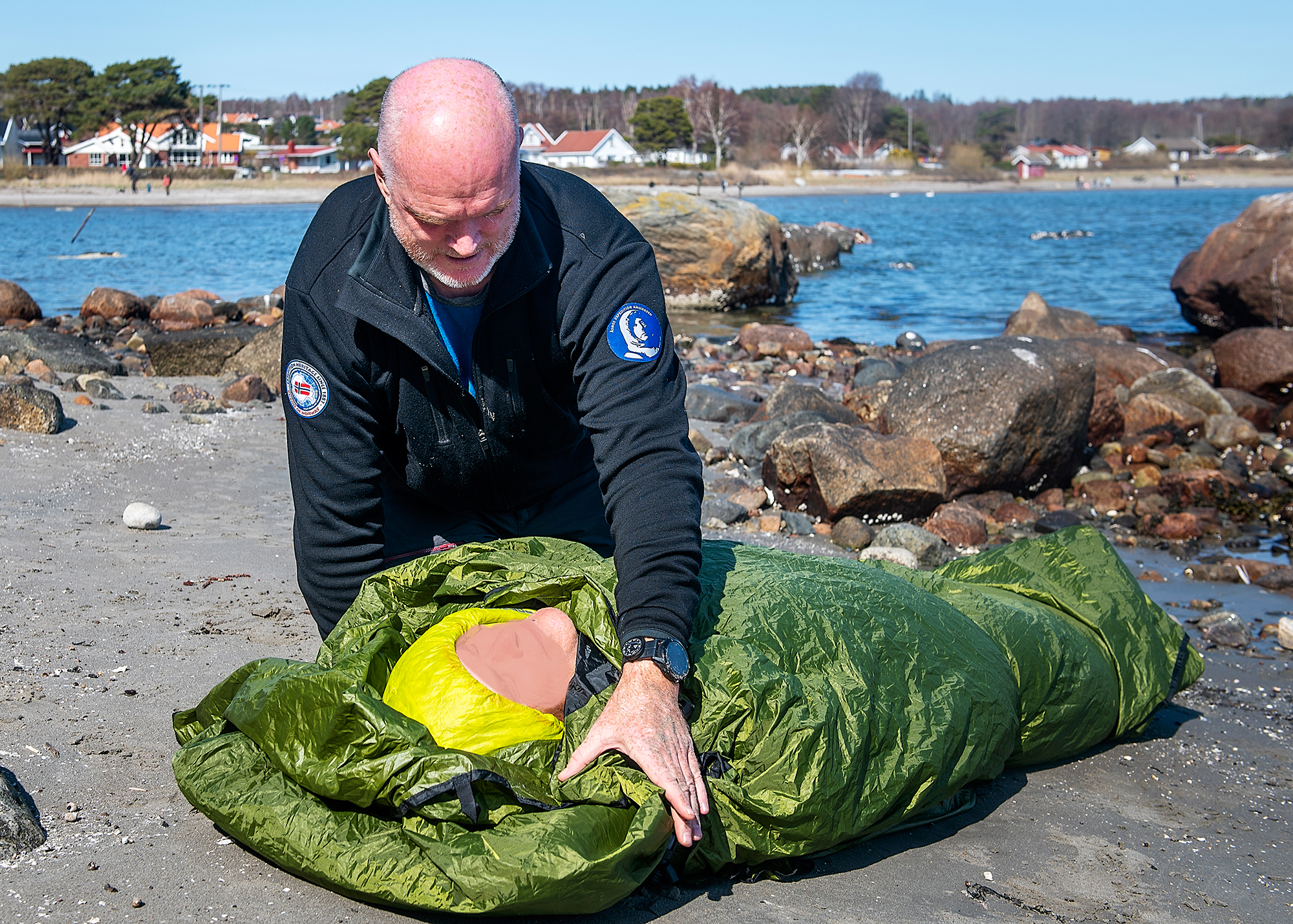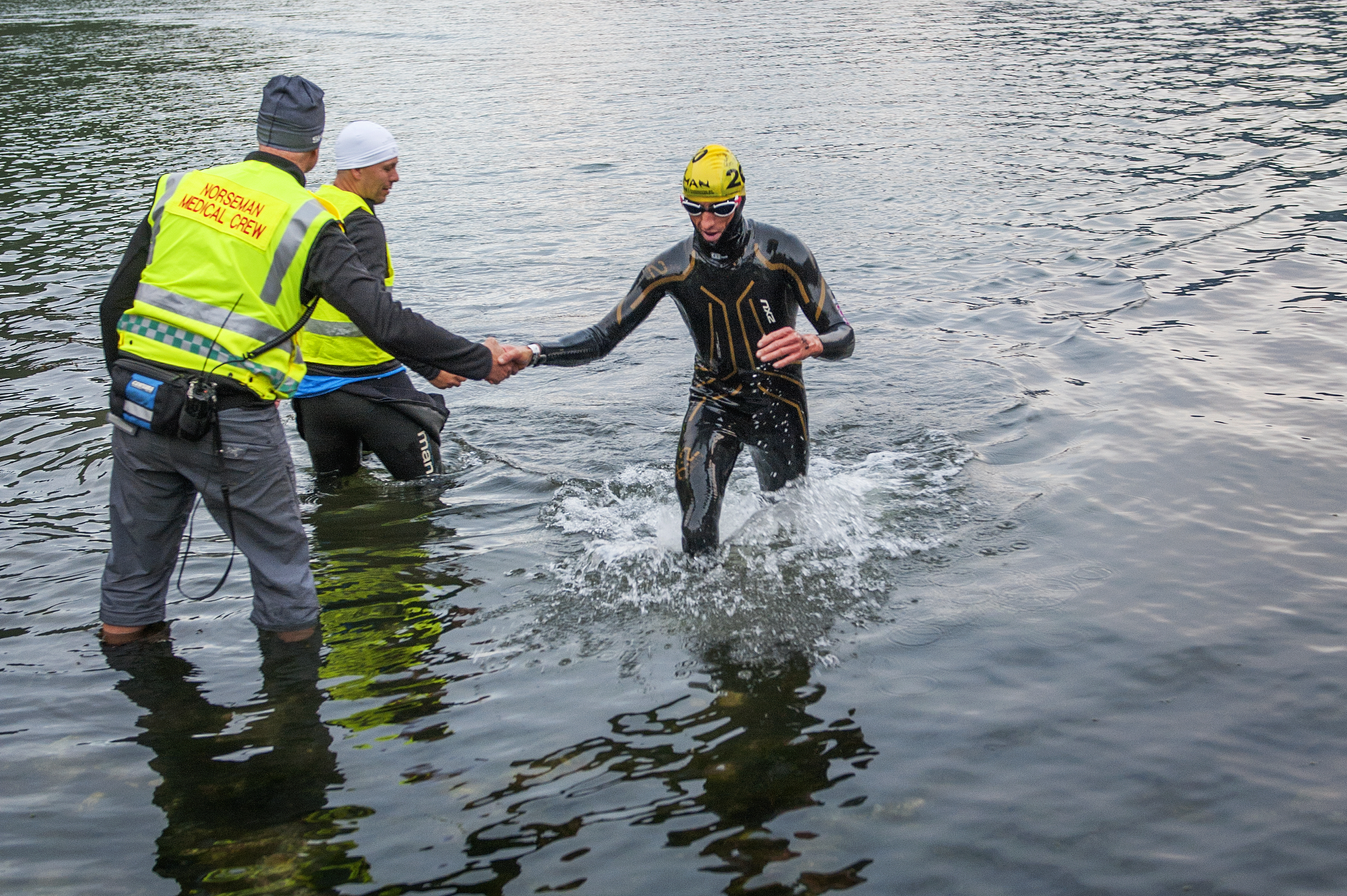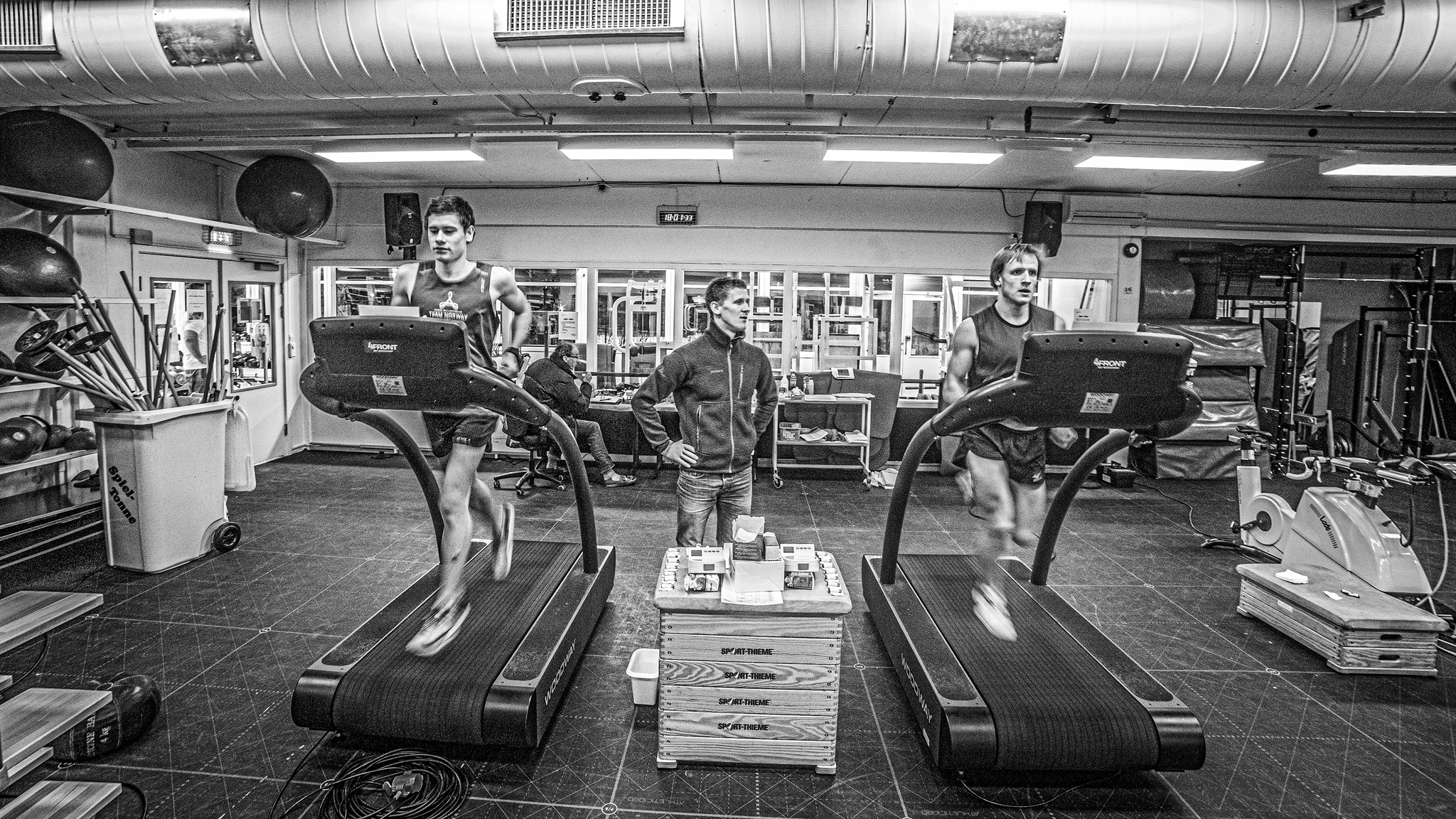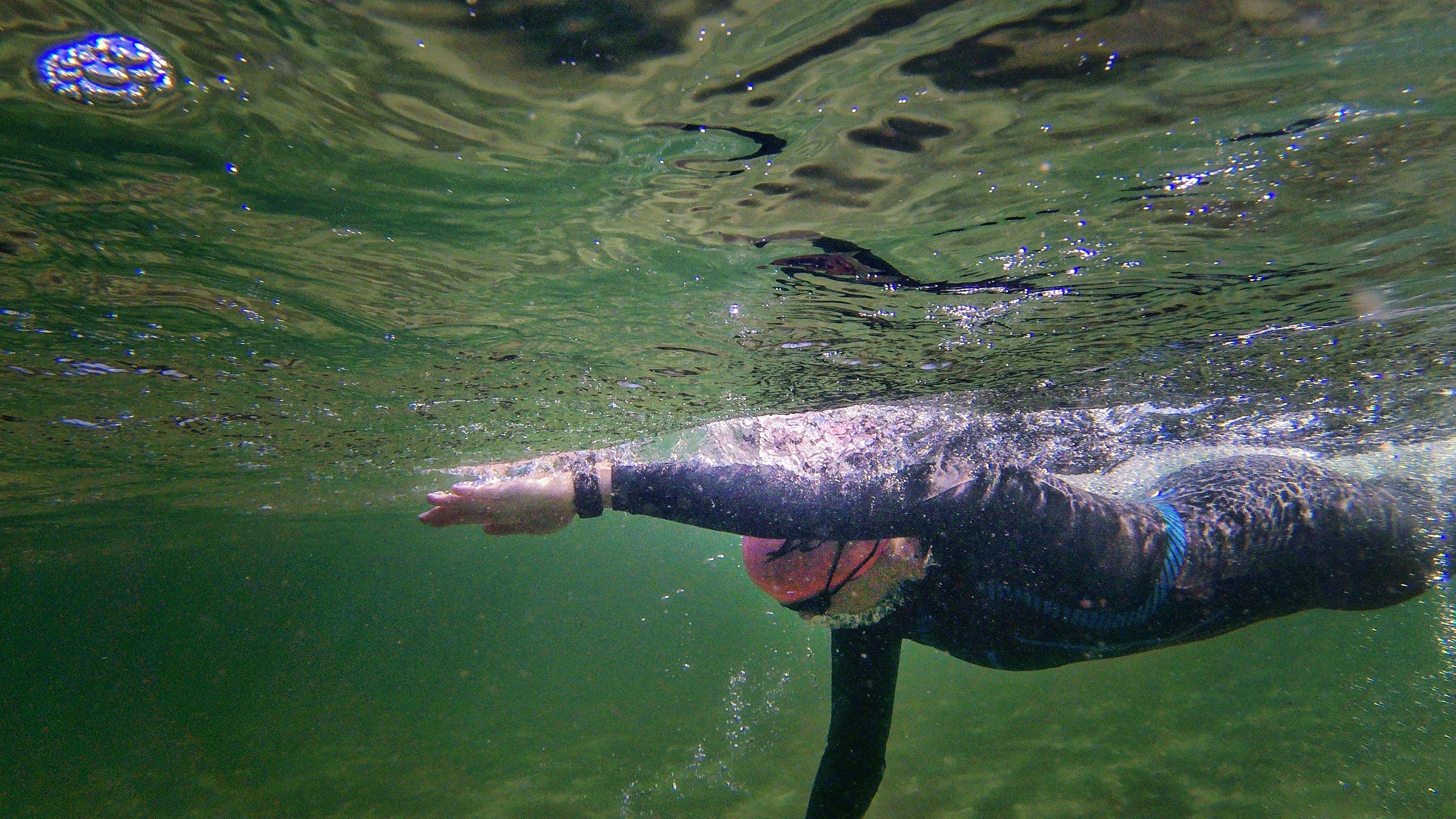Improvised Hypothermia Wrap
There are many ways to care for a cold person. Several techniques and methods are available and commonly used. Unfortunately, while many are good, they can be expensive or not at hand when you need them. When on an outdoor trip in the wilderness or in the mountain, the amount of gear you can carry is limited. Therefore I will suggest an improvised method that is helpful and good in these situations.
The Hypothermia wrap, with the “Burrito” method, is a novel method for hypothermia prevention and prehospital treatment for laypersons. The technique is described in general by Giesbrecht. There are a lot of gear that can be used. I will demonstrate this method with readily available outdoor equipment in the following. This is the gear I often use myself on an outdoor trip. However, and important, this method is not reliant on specific gear. You can improvise when you know the basics of the technique.
The Burrito wrap method consists of layers that can be improvised with different types of equipment. The photos describe how to achieve good hypothermia prevention. Still, I also give descriptions of additional equipment that can be used. The layers are from nearest to the patient and outwards: a vapor barrier layer, an insulation layer, and a vapor/wind layer. This can easily be achieved with the gear pictured below.

Improvised gear for a Hypothermia prevention kit. From left to right: a sleeping bag, a tarp, a sleeping mattress and large garbage bags.
A person with suspected hypothermia should be dry before being packet in a hypothermia wrap. Wet clothes should be removed, and efforts should be made to dry the skin if the patient is wet. In some exceptional circumstances, the removal of wet clothes is not feasible. Then, a vapor-proof layer can be used closest to the victim. This can be achieved with plastic garbage bags, like the picture. This can also be achieved with bubble wrap and other vapor-proof layers. If the patient is dry, the vapor-proof layer next to the victim can be considered skipped.

A plastic garbage bag. Make a hole for the head, and put it over the victim. A second bag is used for the legs.
The next layer is the insulation layer. In this demonstration, this layer is shown by packing the victim in a sleeping bag and then a mattress below the victim. The thicker the insulation layer, the better. A mattress below the patient is also beneficial in reducing the heat loss to the ground. Other materials can be used for insulation, like woolen blankets, duvets, the “Jerven” blanket, etc.

We use a vapor-proof and windproof layer outside the insulation layer. This protects the patient from rain, splash, and wind chill. In this demonstration, we use a tarp with a size 3×3 meters. Other materials, like tarpaulin, tents, bubble wrap, sails, and more, can be used. The patient is then wrapped like a burrito, hence the name “Burrito wrap”.

In the end, the whole package is tightened up with bungee cords. Ropes, paracord, duct tape, and bandages can also be used.
Suppose a heat source like “Ready Heat” or warm water bottles is available. In that case, these should be placed inside the insulation layer. The best place for external heat is the area around the thorax, then the groin area. Be sure not to put the heating source directly onto the skin, as burn injuries can occur.
All photos by Kai-Otto Melau



